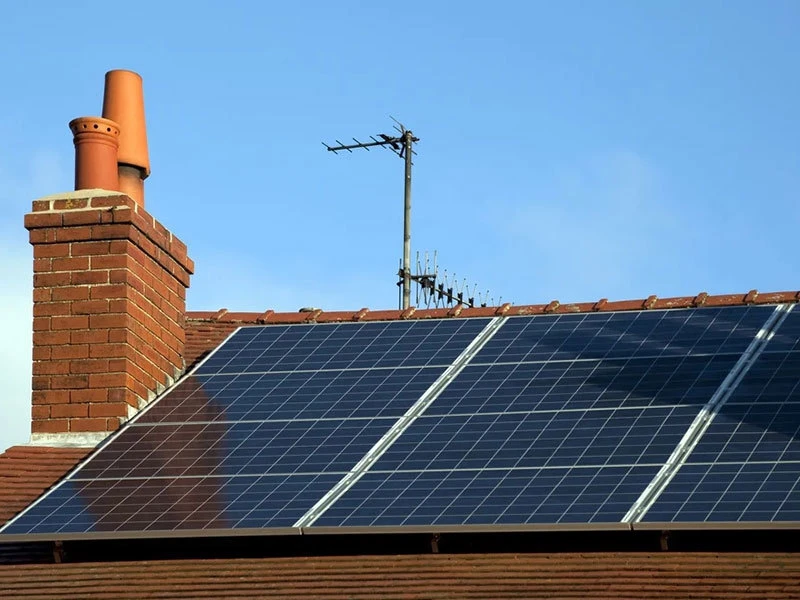solar string inverter vs micro inverter
Solar String Inverter vs. Micro Inverter Which is the Better Choice for Your Solar System?
When it comes to solar energy systems, one of the most critical decisions homeowners and businesses face is the choice between solar string inverters and micro inverters. Both technologies serve the same fundamental purpose—converting the direct current (DC) generated by solar panels into alternating current (AC) for use in homes or to feed back into the grid. However, they operate differently and have distinct advantages and disadvantages. Understanding these differences can help you make an informed decision for your solar installation.
Solar String Inverters The Traditional Choice
Solar string inverters are the more traditional option and have been widely used in residential and commercial solar installations for decades. In a typical setup, multiple solar panels are connected in series (or strings), with the output of the entire string connected to a single inverter. Here are some of the advantages and disadvantages of using string inverters
Advantages
1. Cost-Effective String inverters tend to be less expensive than micro inverters, both in terms of the initial purchase price and installation costs. For large solar installations, this can result in significant savings.
2. Simplicity The configuration of string inverters is straightforward, making installation easier and generally quicker. Fewer components can also mean less potential for installation errors.
3. Proven Track Record String inverters have been around for a long time and have a well-documented reliability history.
Disadvantages
1. Performance Issues The primary drawback of string inverters is their performance in shaded conditions. If one panel in a string is shaded, it can reduce the output of the entire string. This phenomenon is often referred to as module mismatch.
2. Limited Monitoring While many string inverters offer monitoring capabilities, they typically provide data on the performance of the entire string rather than individual panels. This can make it harder to diagnose problems.
solar string inverter vs micro inverter

Micro Inverters A Modern Alternative
Micro inverters are a newer technology where each solar panel is equipped with its own inverter. This allows for independent operation of each panel. Here are some pros and cons of micro inverters
Advantages
1. Maximized Energy Production The independent operation of each panel means that shading on one panel does not affect the others. This can greatly enhance overall energy production, especially in areas with variable shading patterns.
2. Panel-Level Monitoring Micro inverters offer detailed monitoring at the panel level, making it easier to identify and address any performance issues with individual panels.
3. Longer Lifespan Micro inverters typically have longer warranties compared to string inverters, given their design and the fact that they experience less stress since they operate independently.
Disadvantages
1. Higher Initial Costs The upfront cost of micro inverters can be significantly higher than string inverters due to the need for multiple units and more complex installation.
2. Installation Complexity Since each panel requires an inverter, the installation can be more complex and time-consuming.
Conclusion
Ultimately, the choice between solar string inverters and micro inverters depends on various factors, including budget, roof configuration, and shading conditions. If you have a clear, unobstructed roof with minimal shading, string inverters may be the most cost-effective choice. However, if your solar panels are subject to shading or if you desire greater monitoring capabilities, micro inverters might be worth the investment. By evaluating your specific circumstances and consulting with a solar energy professional, you can choose the system that best fits your energy needs.
-
String Solar Inverter: The High-Efficiency Solution for Smart Solar EnergyNewsJul.14,2025
-
Revolutionizing Rooftop Energy with the Power of the Micro Solar InverterNewsJul.14,2025
-
Power Independence with Smart Off Grid Solar Inverter SolutionsNewsJul.14,2025
-
On Grid Solar Inverter: Powering the Future with Smart Grid IntegrationNewsJul.14,2025
-
Monocrystalline Solar Panels: High-Efficiency Power for the Future of Clean EnergyNewsJul.14,2025
-
Bifacial Solar Panel: A Smarter Investment for Next-Generation Energy SystemsNewsJul.14,2025







